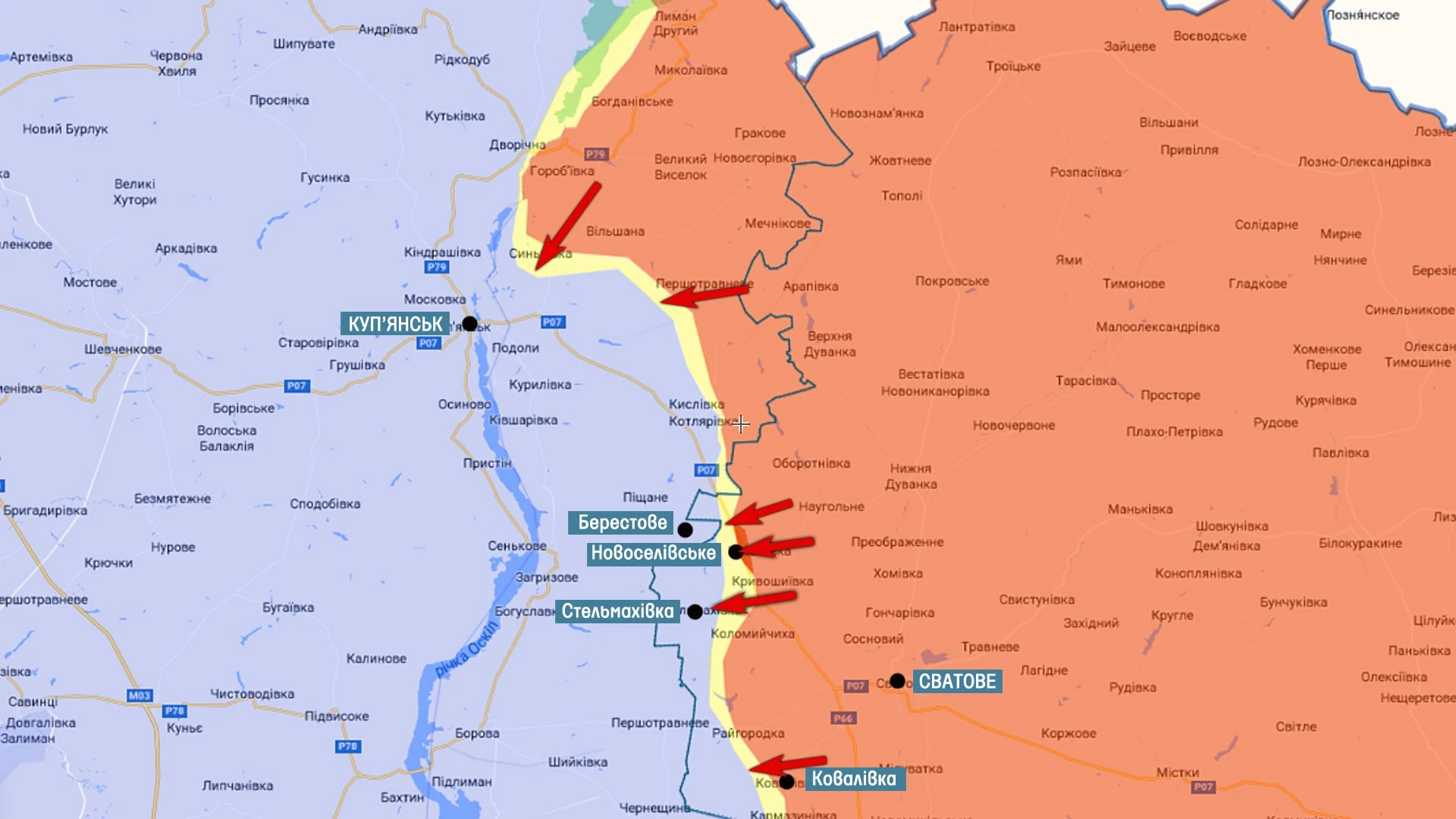
Ukrainian Armed Forces are the ones doing NATO’s main work and conducting offensive operations in at least 2 frontline areas - Serhiy Zgurets
As NATO countries prepare for the future, Ukraine is already practicing countering Russian aggression
Ukraine's path to NATO
It seems that the Ukrainian Armed Forces are currently doing the main bulk of NATO’s work, deterring Russian military power and destroying the enemy's potential. However, the Alliance was created for the sake of such deterrence. NATO countries are currently preparing for the future, and Ukraine is already practicing countering Russian aggression.
Speaking in Vilnius on July 11, President Volodymyr Zelenskyy said that Ukraine would make NATO stronger. Will the Vilnius summit result in a decision that helps both the Alliance and the Ukrainian Armed Forces in their fight against Russian aggression?
Serhiy Hrabskyi, military expert, participant in peacekeeping missions, colonel with the Armed Forces of Ukraine, noted that NATO Secretary General Jens Stoltenberg announced three main directions in which Ukraine-NATO relations will develop. The most important thing we expected was unanimous support and a multi-year training program wrapped in interoperability and standardization. That is, the transition from Soviet weapons systems to NATO ones. This program includes the replacement of equipment, i.e., continuous supply and transition to all NATO procedures and standards, transition to the Alliance's communications management system, and industrial-scale personnel training. This is supported by point 2, namely the decision to create a more effective and detailed cooperation program. Not the NATO-Ukraine Commission, but the NATO-Ukraine Council, which will allow us to get closer to the Alliance's standards, fulfilling not only military but also political, economic and legislative tasks. We have a lot of homework to do to meet NATO standards. And it's not just military issues. I was very pleased with the military results, so I look forward with hope. We are making progress, and we still have serious challenges ahead. However, today's events have already been positive.
The Ukrainian offensive
The Ukrainian Armed Forces are conducting offensives in at least three front areas: Bakhmut, Berdiansk, and Melitopol. In 5 weeks, Ukrainian defenders have liberated as much territory as Russian troops captured in 6 months. This was reported by British intelligence, which recorded quite clear-cut things. When we talk about the offensive, we should not talk about kilometers, but about the destruction of enemy forces and equipment, which is equal to the fight for kilometers. In addition, the more destroyed, the more liberated, and the more effective the former, the greater the advance of Ukrainian troops and liberation of the occupied territory.
As for other areas, Russian troops are trying to carry out offensives in Avdiivka and Marinka, where fierce fighting continues.

In the Svatove-Kreminna-Kupyansk area, they have also intensified hostilities, possibly trying to divert attention and gather reserves to deploy to this area, but Ukrainian units are managing without reserves.
Serhiy Hrabskyi, a participant in peacekeeping missions, believes that the experience of the Ukrainian Armed Forces on the front line is absolutely unique. For the first time in the history of military art, an offensive operation is conducted with forces and means that do not clearly outnumber the enemy. The operation is taking place in conditions where the enemy has prepared defenses and has carried out absolutely abnormal mining of the area from a military point of view. There are many cases of the use of thermal imagers, drones, electronic warfare systems and other means of combat destruction, which actually puts the operation beyond anything we have seen before. All of this is connected with the difficulties of conducting such an operation, because we are literally revising our plans on the fly. The first stage of the operation, from June 7 to June 12, was developed in a classic format, with strikes, breakthroughs and so on. And now we have moved to the tactics of using small assault groups with gnawing and infiltrating between the enemy's positions, forcing them to retreat. The enemy is retreating, but in a very insidious way, mining and remotely blowing up their positions, which greatly complicates Ukraine’s advance. Accordingly, this operation is absolutely unique both in terms of scale and the ratio of forces and means, as well as the intensity of combat operations.
The Ukrainian Armed Forces Reserve Colonel said that he is deeply convinced that it is the access to the Azov Sea coast that will mark the success of this operation. In all other cases, we are giving the enemy the opportunity to maneuver, i.e. to press under cover and move certain reserves to prevent a breakthrough of the Ukrainian Defense Forces. A breakthrough in this direction will also require us to form a fairly serious grouping, since Russia’s resources are significantly greater.

If we don't cut Russian groups in half there, they will be able to hold Ukrainian troops back from the front and may be able to encircle them from the flanks. Therefore, only cutting this corridor can guarantee these operations' success. We cannot say that only reaching Tokmak's borders will allow us to solve all the issues. We need a deep breakthrough here, taking into account the specific geography of this area.
Hrabskyi noted that, as for the time window of opportunity, we need to draw conclusions based on the Ukrainian Defense Forces' capabilities. If we say that in the month and a half since the start of the offensive, we have used 25% of our resources, then simple arithmetic can show that if we continue at this pace, it will take about four months. This fits into the concept of the so-called summer and autumn campaign. Let's not forget that natural conditions can affect combat operations. Accordingly, today we can say that we have a window of opportunity, although I don't like this term, until about the end of the first decade of October. But everything will depend on many other factors, including the enemy's ability to concentrate additional resources. After all, we are now trying to force them to bring maximum reserves into the battle, so that after our breakthrough, the enemy simply will not be able to continue these hostilities. That is, we are talking about active hostilities until the middle or end of the first decade of October.
- News













































